Conquering the Roof of the World: A Comprehensive Guide to Mount Everest
Mount Everest, towering at 8,848 meters (29,029 feet) above sea level, stands as the tallest peak on...
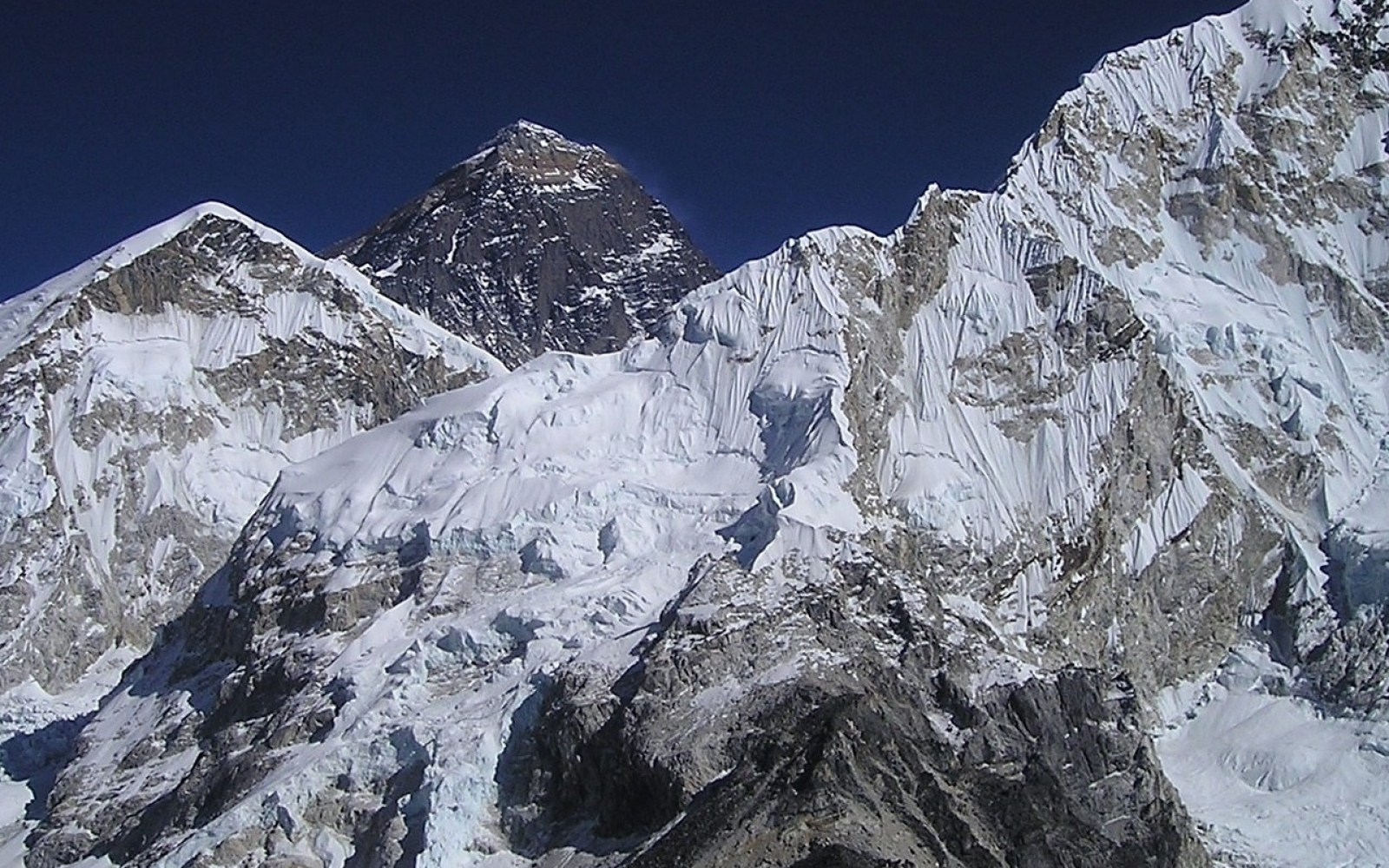
The Everest region, also known as the Khumbu region, is a world-renowned trekking destination that attracts adventurers from all over the globe. Nestled in the northeastern part of Nepal, this area offers stunning views of towering peaks, rich cultural experiences, and a sense of accomplishment that few other treks can match. Whether you are a seasoned trekker or a novice looking to experience the Himalayas, the Everest region has something for everyone.
The Everest region is home to some of the highest peaks in the world, including Mount Everest (8,848 meters), Lhotse (8,516 meters), and Nuptse (7,861 meters). The region is part of the Sagarmatha National Park, a UNESCO World Heritage site, known for its unique biodiversity and cultural significance. The park is home to various wildlife species such as the snow leopard, Himalayan tahr, and red panda, as well as several Sherpa villages where visitors can experience the local way of life.
Everest Base Camp Trek (EBC):
Duration: 12-14 days
Difficulty: Moderate to challenging
Highlights: Trekking through Sherpa villages, crossing suspension bridges over raging rivers, and reachingEverest Base Camp at 5,364 meters. The trek also includes a hike to Kala Patthar (5,545 meters) for a panoramic view of Everest and surrounding peaks.
 Gokyo Lakes Trek:
Gokyo Lakes Trek:
Duration: 12-15 days
Difficulty: Moderate to challenging
Highlights: Visiting the beautiful turquoise Gokyo Lakes, climbing Gokyo Ri (5,357 meters) for stunning views of Everest, Cho Oyu, and other peaks, and crossing the challenging Cho La Pass (5,420 meters).
Three Passes Trek:
Duration: 18-21 days
Difficulty: Challenging
Highlights: Crossing Everest three high passes – Kongma La (5,535 meters), Cho La (5,420 meters), and Renjo La (5,360 meters) – offering unparalleled views of the Everest region. This trek is for those looking for a comprehensive and demanding adventure.
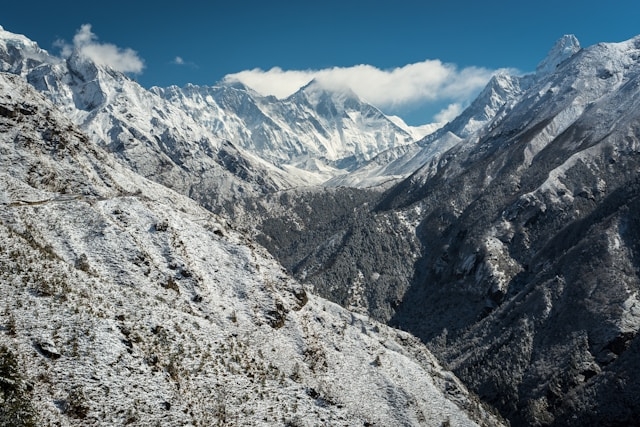
Everest View Trek:
Duration: 8-10 days
Difficulty: Moderate
Highlights: A shorter trek that provides stunning views of Everest without going to Base Camp. Ideal for those with limited time or looking for a less strenuous trek.
The best time to trek in the Everest region is during the pre-monsoon (spring) and post-monsoon (autumn) seasons:
Spring (March to May): This season offers blooming rhododendrons and pleasant weather. The skies are generally clear, providing excellent mountain views.
Autumn (September to November): Known for its stable weather and clear skies, autumn is the most popular trekking season. The temperatures are moderate, and the trails are vibrant with trekkers from around the world.
Physical Fitness: Trekking in the Everest region requires a good level of physical fitness. Regular cardio exercises, strength training, and hiking practice can help prepare for the trek.
Acclimatization: Proper acclimatization is crucial to prevent altitude sickness. Plan rest days to acclimatize, especially at higher elevations.
Gear and Equipment: Essential trekking gear includes sturdy hiking boots, warm clothing, a good quality sleeping bag, a backpack, and trekking poles. Packing lightweight and durable equipment can make the trek more comfortable.
Permits: Trekkers need to obtain the Sagarmatha National Park Permit and the TIMS (Trekkers’ Information Management System) card. These can be obtained in Kathmandu or at the park entrance.
Guide and Porter: Hiring a local guide and/or porter can enhance the trekking experience. Guides provide valuable insights into the local culture and geography, while porters can carry heavy loads, allowing trekkers to enjoy the journey more.
Health and Safety: It's essential to carry a first aid kit, water purification tablets, and any necessary medications. Trekkers should also be aware of the symptoms of altitude sickness and know how to respond.
The Everest region is not just about mountains; it's also rich in culture. The Sherpa people, known for their hospitality and mountaineering skills, live in this region. Visiting monasteries, such as the Tengboche Monastery, and interacting with the locals provide a deep cultural immersion. The Mani Rimdu festival, celebrated in the monasteries of the Khumbu region, is a significant cultural event that trekkers may have the chance to witness.
Trekking in the Everest region is a once-in-a-lifetime adventure that offers breathtaking scenery, physical challenge, and rich cultural experiences. Whether you aim to reach the base of the world's highest peak or explore the serene Gokyo Lakes, the Everest region will leave you with unforgettable memories and a profound sense of achievement. Prepare well, respect the local culture and environment, and embark on this incredible journey to the roof of the world.
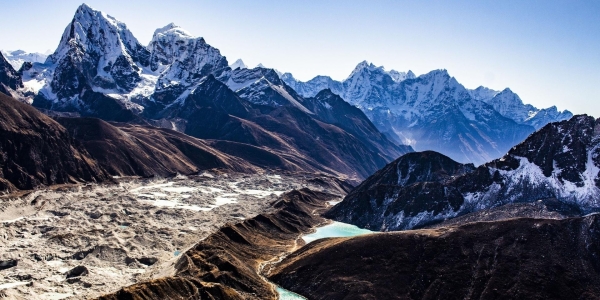
Mount Everest, towering at 8,848 meters (29,029 feet) above sea level, stands as the tallest peak on...
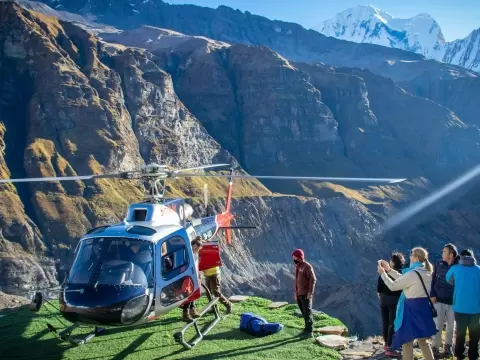
Mountain flight tours in Nepal offer a thrilling opportunity to soar above the world's tallest peaks...
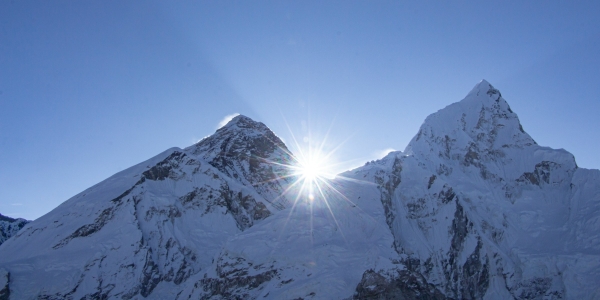
Trekking to Everest Base Camp is a dream shared by adventurers worldwide. The journey promises not j...
